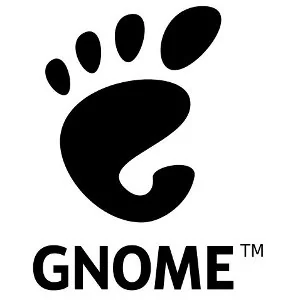GNOME Shell Continues Eyeing Improvements As It Approaches 10 Years Old

Tobias Bernard shared the latest user experience plans for the GNOME Shell as part of the GNOME Shell/Mutter blog.
Starting off with the current strong points of the GNOME Shell include being distraction free, a single entry point, easy searching, a good switching/launching experience, and the ergonomics.
Areas viewed for improvement include the launching and initial state of the Shell, improving the multi-tasking workflow, a unified spatial model, improving the appearance of notifications, various enhancements to the system status area, and further improving search from the GNOME Shell.
Over the next few GNOME cycles they want to enhance the onboard / initial experience, provide easier application launching, unifying the spatial model, better touchpad/gestures, and richer notifications.
Further out, the UI/UX developers would like to see more organic workspace workflows, streamlined window management, support for remembering open applications / persistent applications across reboots, and improving the system status area.
More details within this blog post.
49 Comments

